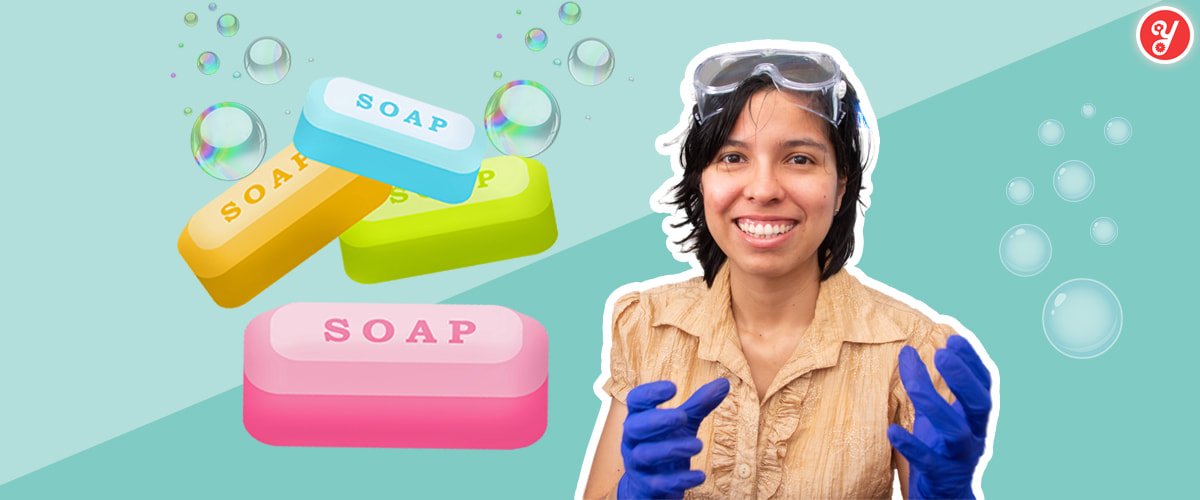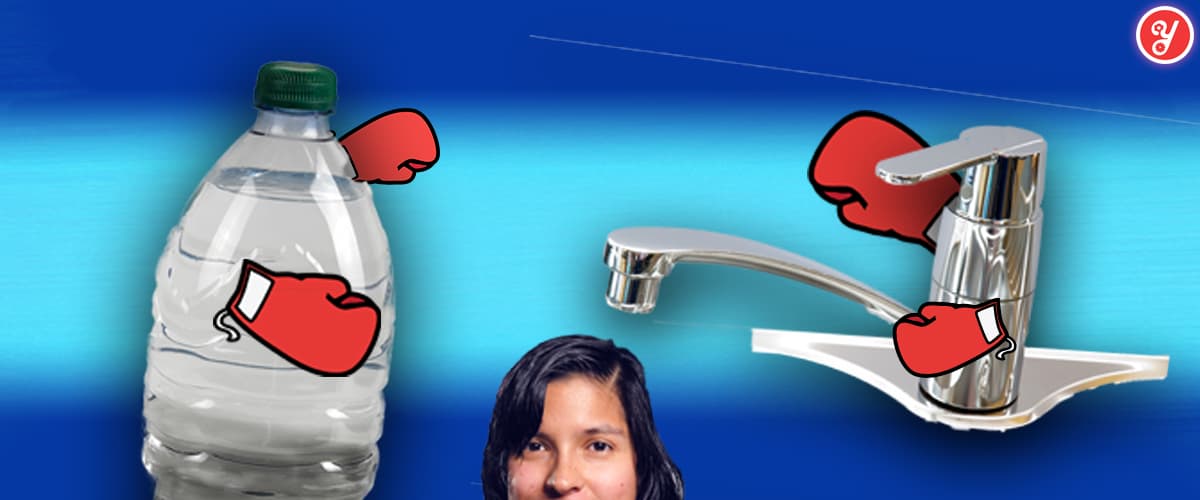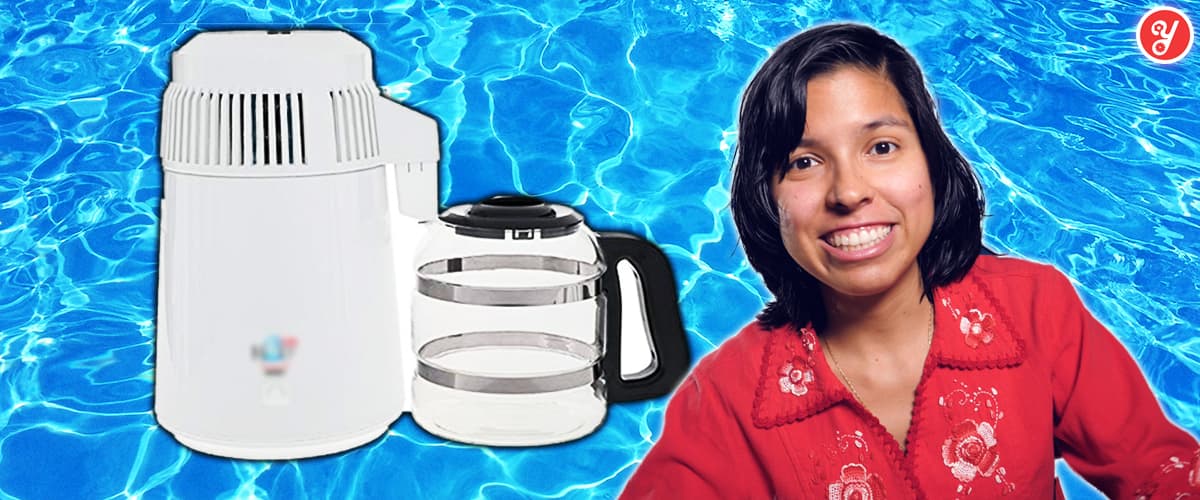Yoguely is reader-supported. When you buy through links on our site, we may earn an affiliate commission. Learn more
How to Choose the Right Cleaning Disinfectants
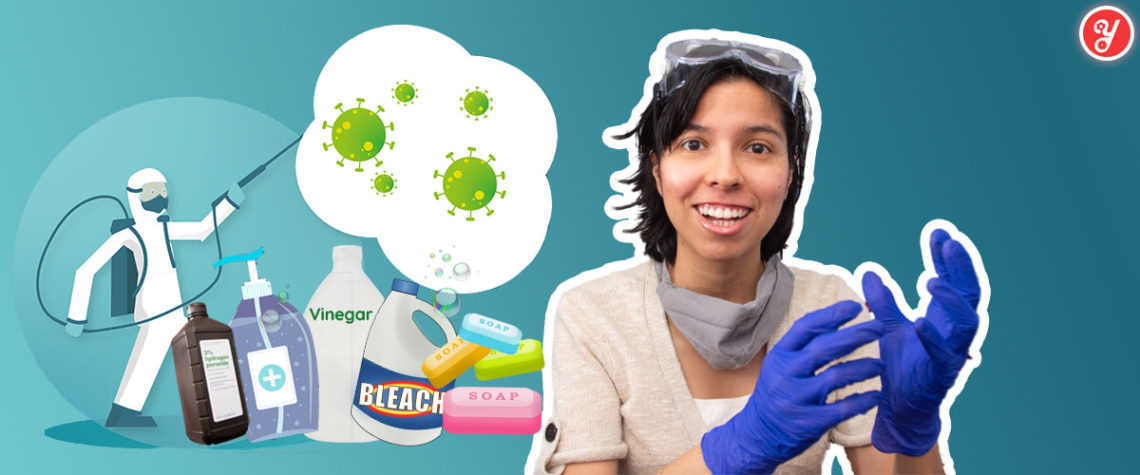
In today’s post I’m going to show you the best cleaning agents for frugal people.
In fact, this is how I choose the most effective cleaning agents for the lowest-cost to get rid of microbes and coronavirus in my residence.
So if you would like to know “How to choose household cleaners and disinfectants frugally”, you’ll love this guide.
Let’s jump into it!
Understanding Cleaning Agents Is a Survival Skill
Picking a cleaning agent can be NERVE WRACKING.
Just think about your last time shopping:
There are so many brands promising to have the one and only, unique miracle formula that is better than any other.
And on top of that, the formula is “top-secret.” So you have no idea what you are buying or whether it truly works.
That is why here at Yoguely we are not swayed by marketing. On the contrary, we are convinced by the principles of science!
It is my goal to cut down unnecessary costs while getting the best results — without compromises.
The truth is, even I, a NASA-grade engineer, didn’t really fully understand the science behind cleaning agents and how to use them effectively.
Similar to many of you, I’ve made all sorts of mistakes. From overpaying for hyped cleaning solutions, to using them completely wrong. Like, how is a disinfectant supposed to work right if I wipe it off too soon?
But then, the pandemic landed on my state soil.
The COVID-19 outbreak has made us all much more critical of what mumbo jumbo cleaning products we are buying. Because we want to make darn sure that we have is guaranteed to stop the spread.
Yes, trustworthy results are critical in these times. After all, the wrong choice in a cleaning process could mean fatality.
Which makes me realize, basic knowledge about cleaning agents is an essential survival skill. One that really should be taught in primary school. But for some odd reason, isn’t.
In fact, many specialized professionals today lack the simple life skills needed for survival.
If you are aspiring to be a leader, especially one who wants to make positive healthcare policies for the masses, you definitely need to keep reading.
It’s about time for you to learn about the best cleaning agents, how to identify them, and how to use them.
To start off, we need to remind ourselves of the goal here: prevent the spread of infectious diseases.
2 Ways to Prevent the Spread of Infectious Diseases
First of all, the safest way to prevent contagion is to avoid exposure to the disease.
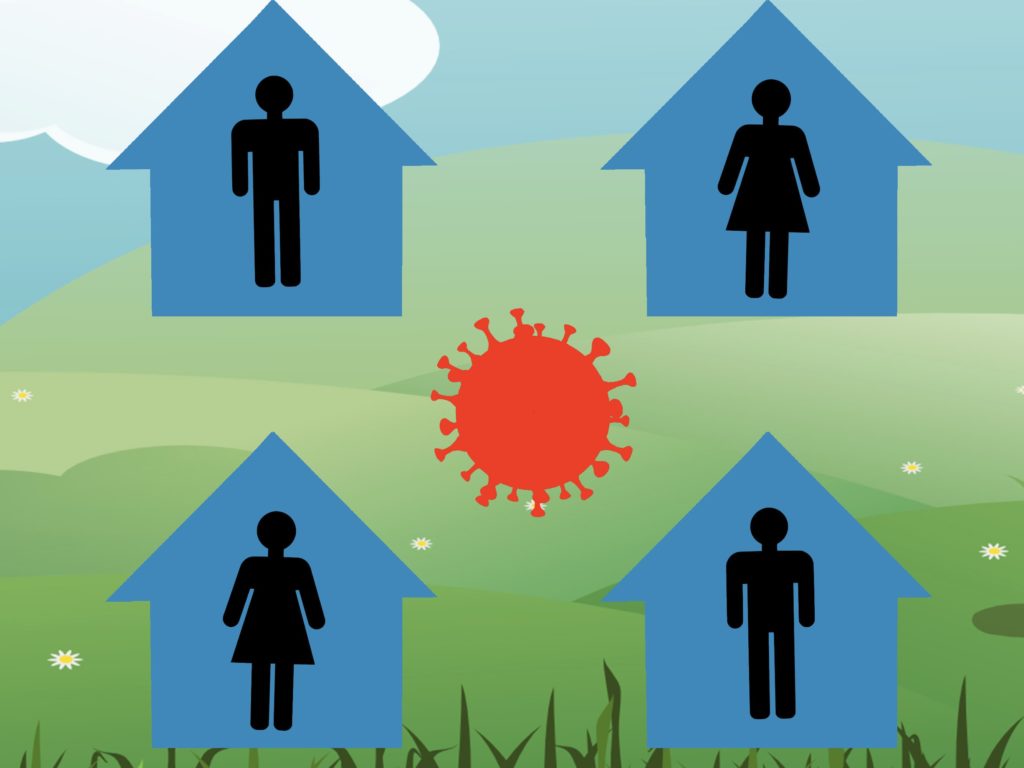
The second-best way is cleaning visibly dirty surfaces, and finishing off with disinfection.[3]
Moving forward, you’ll want to have a sanitation process that meets 2 requirements:
- Science shows that it is effective.
- It is the lowest cost.
Right now, aside from danger of illness, the next biggest problem is the severe global economic slowdown.
First, if your expenses suddenly exceed your earnings, you’ll have to go out and risk your health to earn extra cash.
So, you need to save every cent you can.
Second, throughout these times, product lines have been disrupted. As you shop, you’ll find that many staple cleaning agents are out of stock.
Under these circumstances, you’ll have to choose among cleaning products with flamboyant marketing and inflated prices.
How do you dodge the duds and pick what’s good?
For that we need to back up a bit and understand what counts as clean and what does it mean for something to be disinfected.
Why Do You Need to Clean?
The overall mission is to make it really hard for the virus to survive on the surfaces we need to touch.
The first step in the process is to clean the dirty surfaces. The goal with cleaning is to remove germs and dirt from the surface. Reducing the number of germs on the surface, is called sanitizing.[33]
You clean most effectively by using water as the solvent, a cleaning agent, and scrubbing.[33]
Specifically, detergent or soap and water work great as cleaning agents. They are also effective for removing COVID-19 from surfaces.[1]
Other than water, there are solvents that can help dissolve and wash away dirt. For instance, solvents like bleach and isopropyl alcohol. But they are EXTREMELY reactive with dirt, and can form toxic byproducts.
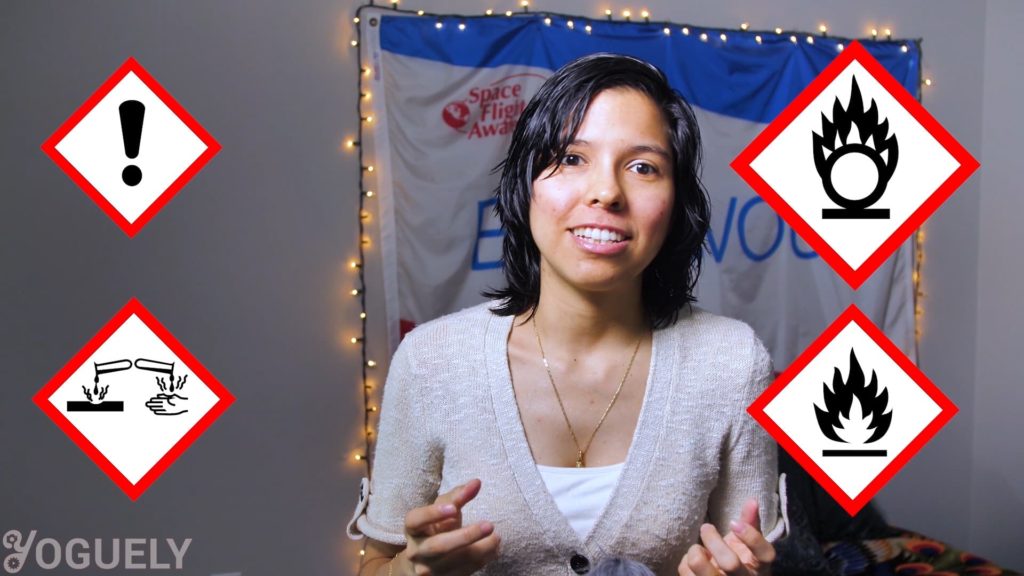
Those solvents are actually so strong, they also classify as disinfectants. So, they should be used only after cleaning away as much dirty as possible with simple soap (paid link) and water.
Why Do You Need to Disinfect?
After cleaning, many microbes may still remain alive. So the second step to making it super difficult for germs to survive is to disinfect. Meaning, to kill the germs remaining on the surface.
Only chemicals that kill 99.99% of germs on hard, non-porous surfaces are considered disinfectants.[33]
What about sanitizers? The EPA states that disinfectants kill more germs than sanitizers do.[33]
Point often overlooked, there are still 0.01% of germs remaining. And you can bet they are alive and rocking.
Therefore, it’s important to realize that there are different degrees of disinfection. From those that kill 99.9% of microbes, which includes viruses.
To those that eliminate 99.9999% which includes vegetative bacteria and spores. These disinfectants are considered chemical sterilants or high-level disinfectants.[1],[2]
| Percentage Disinfected | Microbes Included |
|---|---|
| 99.9% | Enveloped Viruses, Non-Enveloped Viruses |
| 99.99% | Mycobacteria |
| 99.999% | Fungi |
| 99.9999% | Vegetative Bacteria, Spores |
How to Look up Approved Disinfectants
OK so to pick a good cleaning agent you’ll need to check that it can eradicate the specific microbe you are after. You can do this using its Environmental Protection Agency (EPA) registration number. It appears after “EPA Reg #” on the product label.
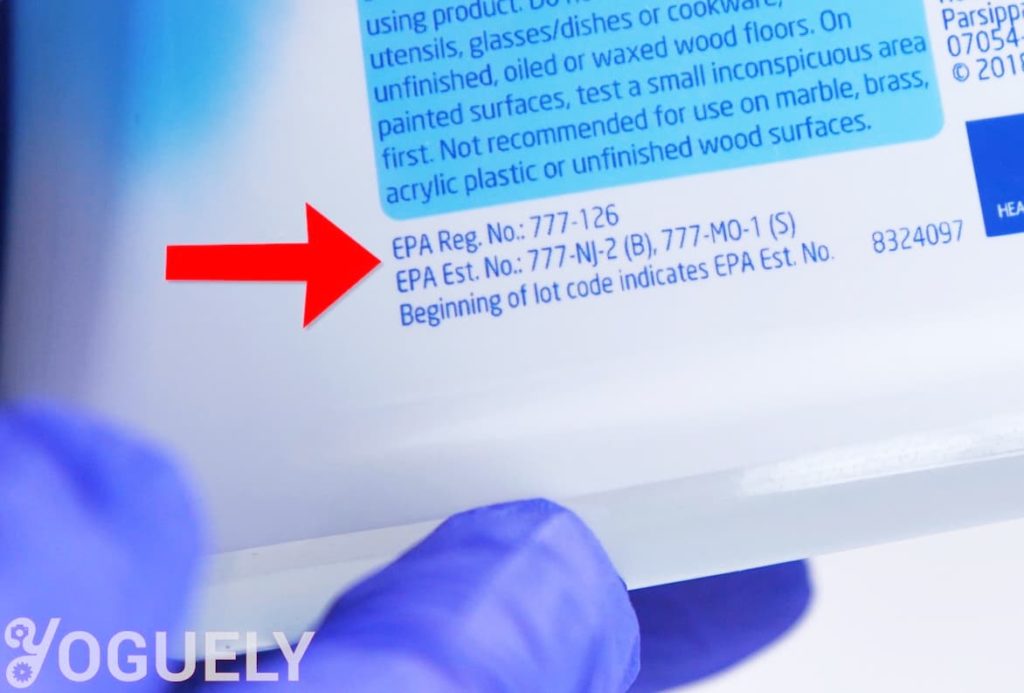
With it you can go to the list of EPA-Registered Disinfectants and check whether it has been found to kill the exact bacteria or virus you are after.
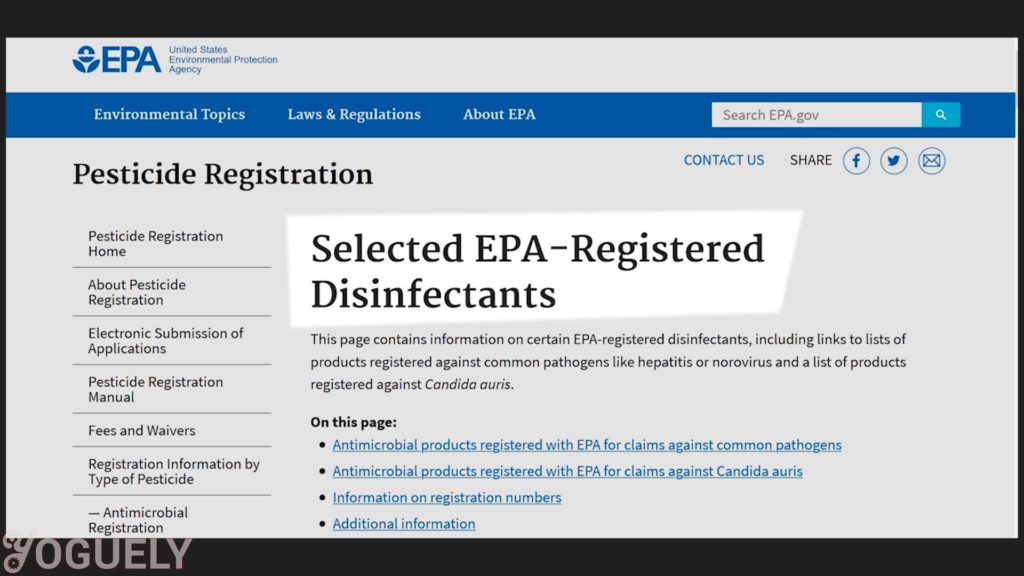
Or whether it is effective against similar or harder-to-kill viruses.[34]
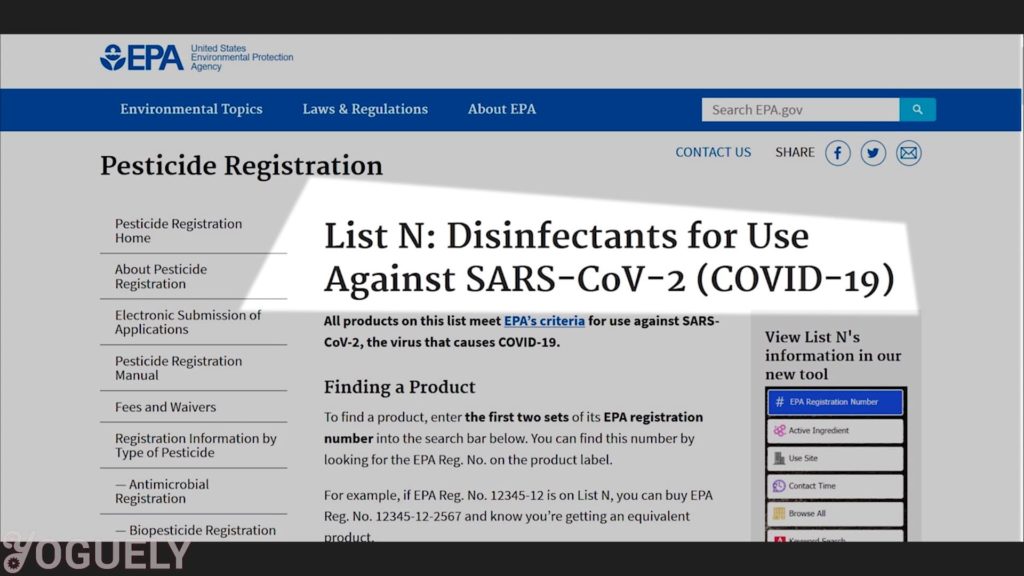
The database will tell you whether it is effective against common pathogens like COVID-19, the bird flu, hepatitis C, HIV-1, Ebola, and more.
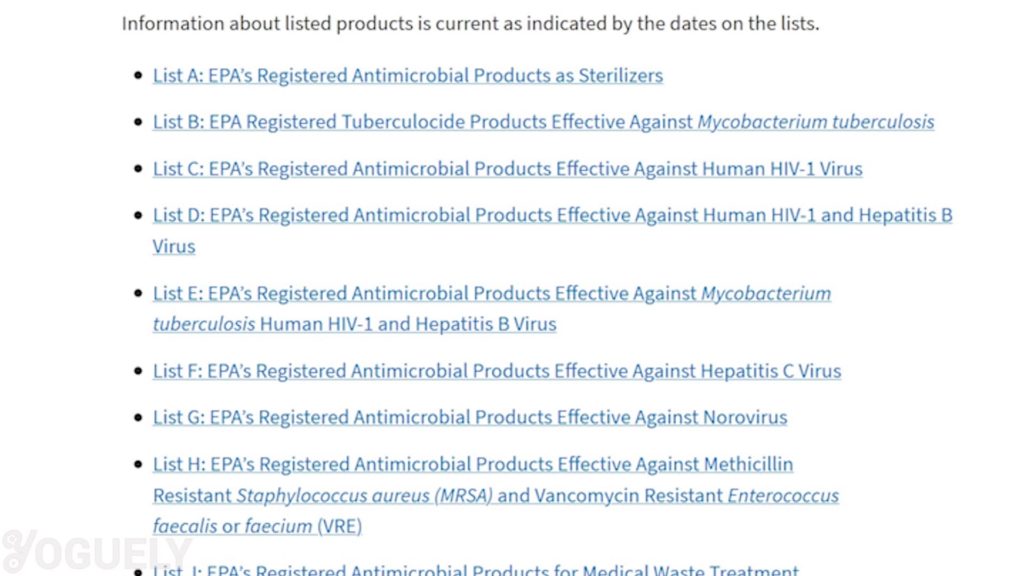
The site will also tell you the effective contact time, how long you need to let the disinfectant sit on surfaces. Otherwise you will leave many microbes alive which may become resistant to the disinfectant. And evolving “super bugs” is something we want to avoid doing.
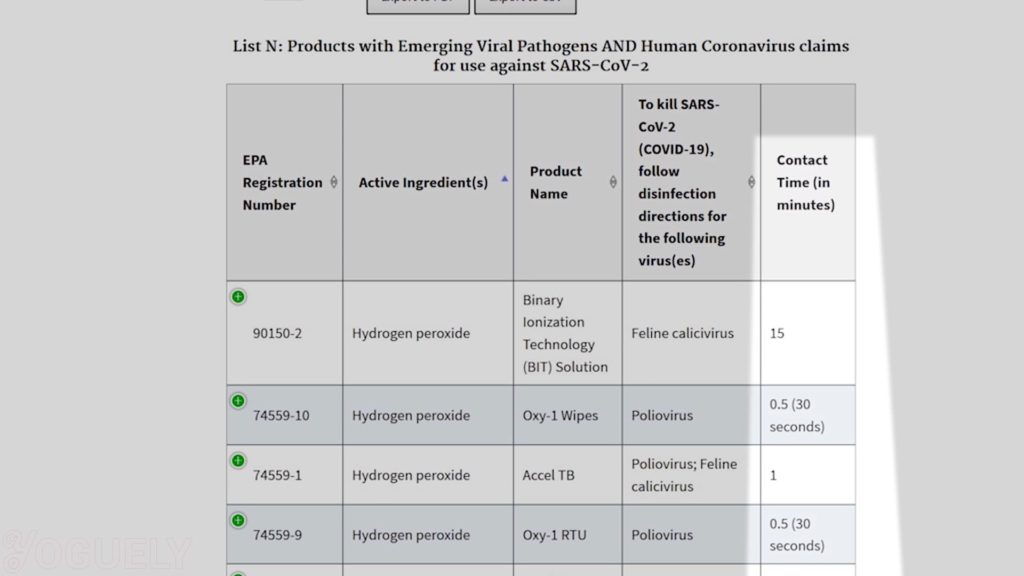
Notice that you can sort the database by product name or by active ingredients. Active ingredients are the chemicals that are doing all the work in disinfecting.
Why Do Cleaning Agents Only List Active Ingredients?
The government only requires manufacturers to list the active ingredients that kill bacteria, viruses, or mold on product labels.[33]
Listing any other ingredient is not required at all.
Additionally, the federal trade commission rarely enforces any of their guidelines for using words like “natural”, “non-toxic”, “and green.” Those words are essentially meaningless.
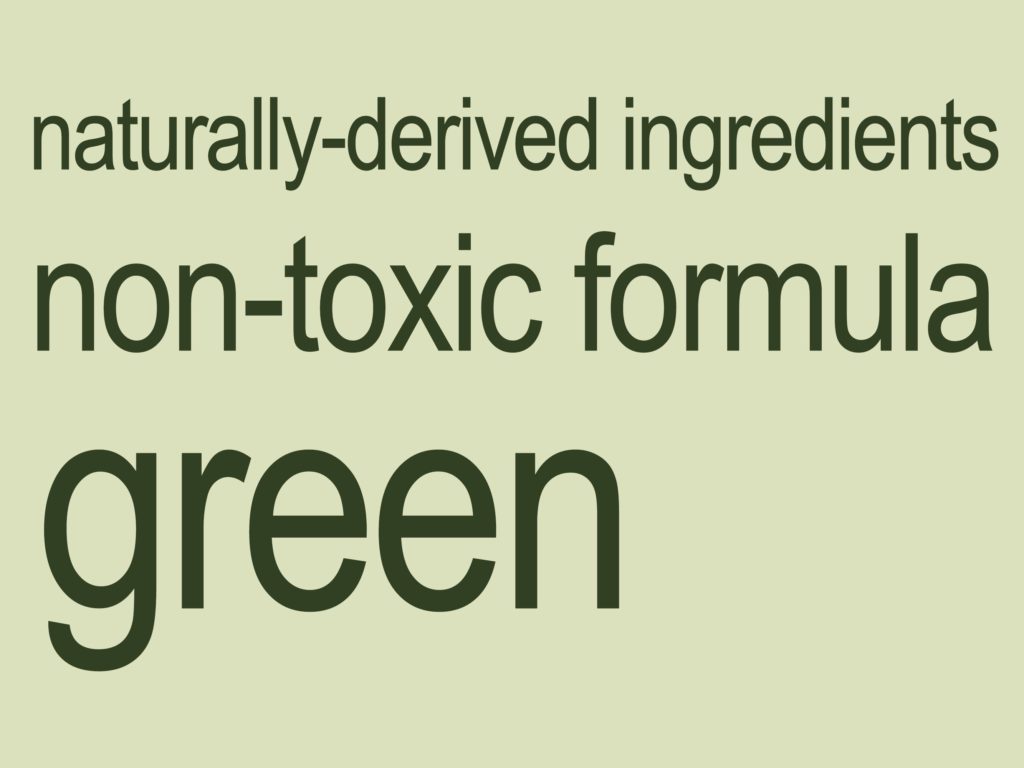
Therefore companies are betting that you are swayed by their “New and Enhanced Secret Formula!”, that you’ll just give their product a try.
Save Money: Choose Active Ingredients Over Cleaning Agent Brands
There seems to be an infinite variety of cleaning solutions, each being marketed for a specific use.
The marketing messages will tell you that you need one product for each appliance: the oven, windows, laundry, floors, toilet bowl, shower, sink, and others more.
If you obey, you may end up with 50+ different spray bottles in the closet.
Instead of branding, take a look at the ingredients. Interestingly, there are many different products but only a few active ingredients.
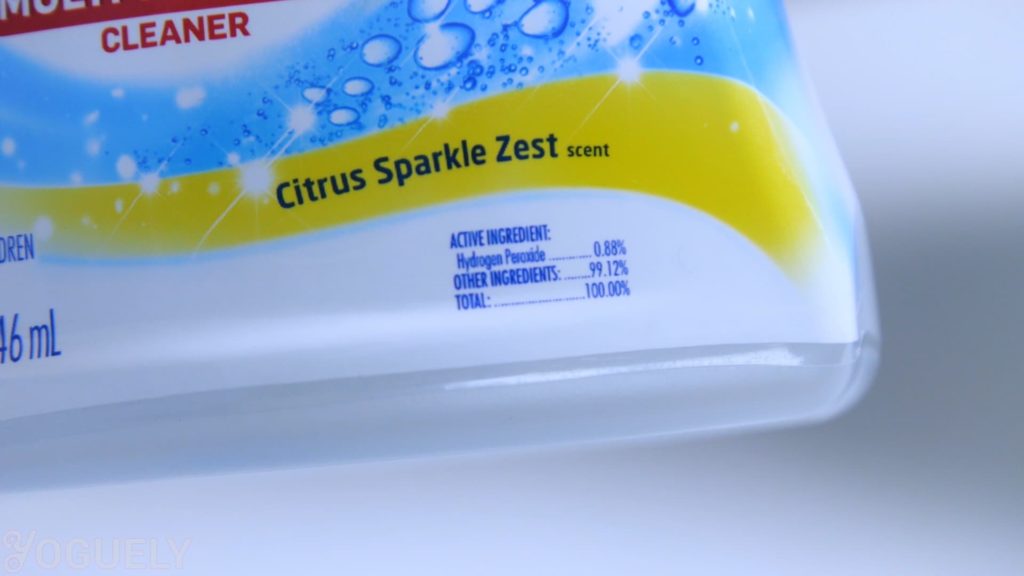
Most household cleaners are made of active ingredients that you can buy separately for way cheaper.
Some that stand out are isopropyl alcohol, sodium hypochlorite, and hydrogen peroxide.[32] These are some of the best cleaning agents because they can be used for so many things.
These ingredients can work very well on their own, or diluted with water as necessary.
While you could buy the concentrated solution and mix it on your own, it can be extremely dangerous. And you will need all of the safety measures in place to do it well.
Fortunately, you can buy staple cleaning agents that are already dilute at reasonable prices. So personally, I rather pay a little more for a pre-made mix, and save the stress of handling dangerously high concentrations.
Skip the Additives in Cleaning Agents
You can save a bunch of money by forgetting the fancy dye and fragrance. Those aren’t necessary to have an effective cleaner. Quite the opposite, they can be harmful to your health and your environment.[33]
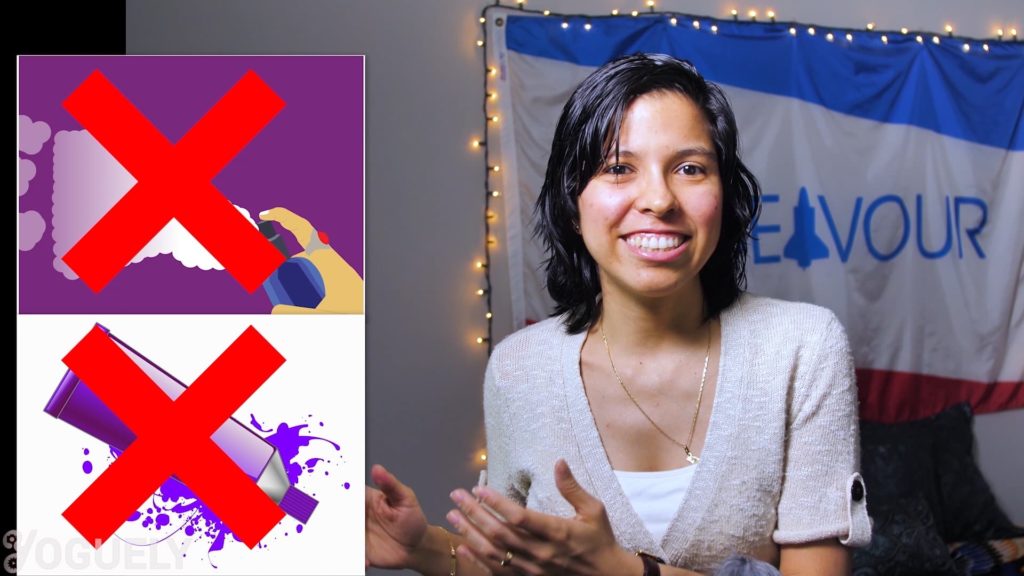
Whoa.
Aren’t all chemical products safe to use?
Not really. The way testing is usually done is by testing each single chemical by itself.[33] But chemicals can behave very differently when mixed with other chemicals.
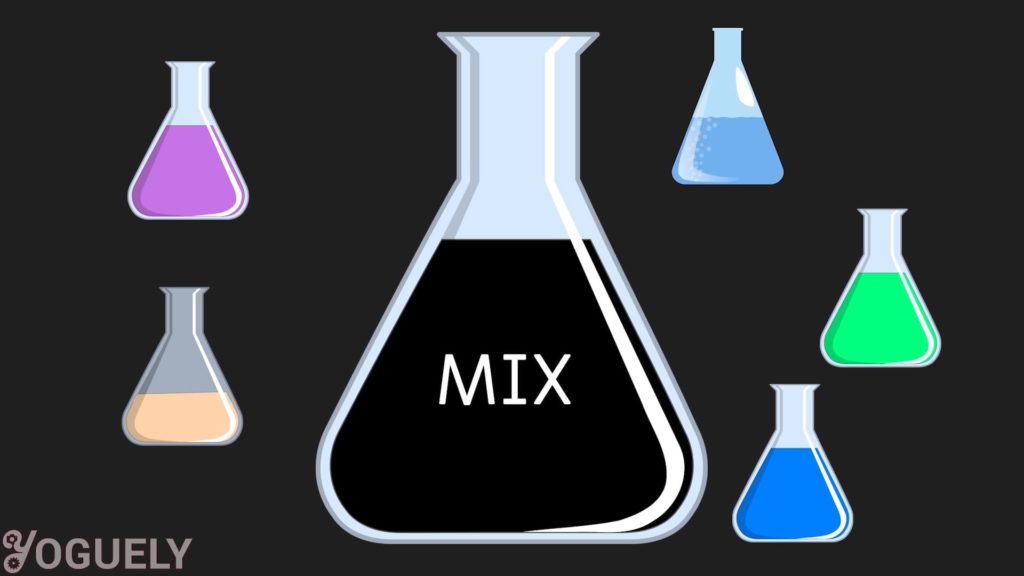
Without regulation in place that enforces health testing on all the end-products, there won’t be any research data. And without publicly available studies, scientists won’t be able to fully understand the effects of being exposed to it.
Just because a product is being sold, doesn’t mean it is safe.
Cleaning Agent Price Comparison
Have you ever noticed that when you are shopping there seems to be two types of cleaning agents?
Those that have minimalist covers and lists all of the ingredients. And then those that have eye-catching covers, lists the active ingredient, and omits all other ingredients.
The price difference is staggering too. Just look at this price comparison table.
| Cleaning Agent or Disinfectant | (dollars per fluid ounce) |
| Vinegar (5% Acetic Acid) | 0.03 |
| Hydrogen Peroxide (3%) | 0.03 |
| Bleach (6% Sodium Hypochlorite) | 0.04 |
| Isopropyl Alcohol (70%) | 0.06 |
| Branded Cleaner Disinfectant with Accelerated Hydrogen Peroxide® (Active ingredient: 0.05% Hydrogen Peroxide) | 0.49 |
| Branded Gel Hand Cleaner (Active ingredient: 70% Isopropyl Alcohol) | 0.62 |
| Branded Vinegar Glass Cleaner | 5.94 |
A branded vinegar glass cleaner can be over 197 times more expensive than distilled white vinegar, which can also be used to clean glass.
That is CRAZY!
Most of the time, if a product needs to spend a ton of money in marketing to differentiate themselves from other products, then perhaps it is because they are not so different.
Transparency is essential for building trust. At the end of the day you are paying for a brand, and getting a product. You need to know what materials it is made of.
Types of Staple Cleaning Agents (For Frugal People)
You can think of cleaning agents in 3 groups: acidic cleaning agents, alkaline cleaning agents, and alcohols. Each group can tackle different substances and meet most of your cleaning needs.
First off, if you need to remove mineral deposits like limescale, use an acidic cleaning agent like vinegar (which has acetic acid). Distilled white vinegar (paid link) is multi purpose.

Another option you can use is hydrogen peroxide, which is a weak acid. A very common multipurpose concentration you can find is 3% hydrogen peroxide (paid link).
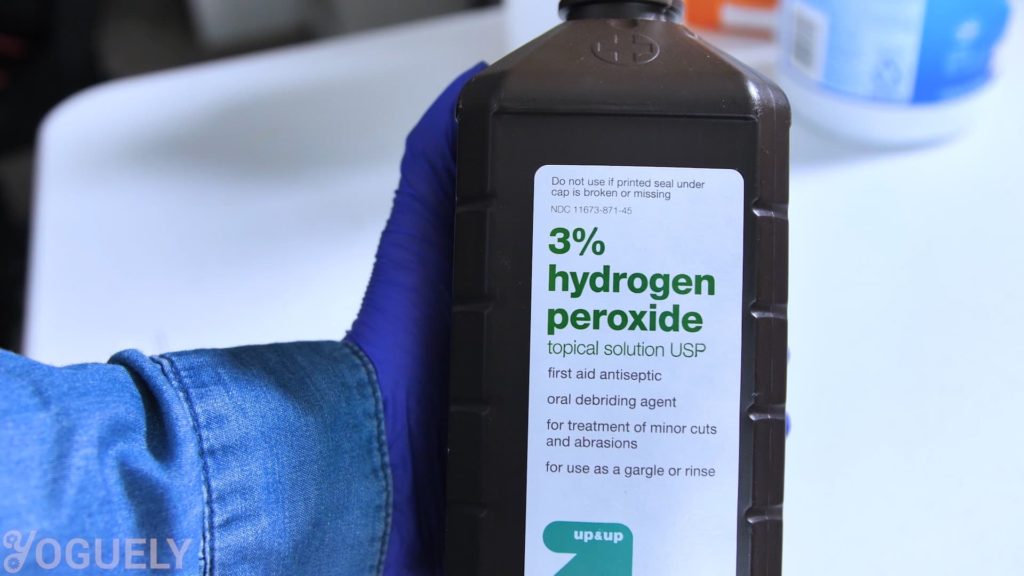
Second, if you need to dissolve hard-to-remove fats, oils, and protein-based substances, use an alkaline cleaning agent like sodium hypochlorite, the active ingredient in bleach. A common concentration you can find is at a concentration of 6% sodium hypochlorite (paid link).
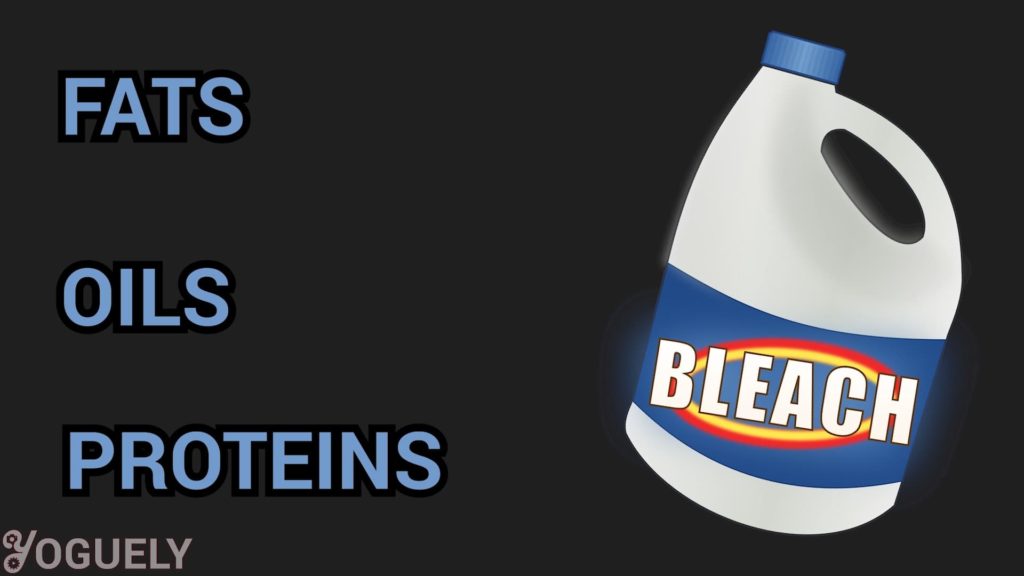
You can also consider using sodium borate also known as borax (paid link), sodium bicarbonate commonly known as baking soda (paid link), or ammonia.
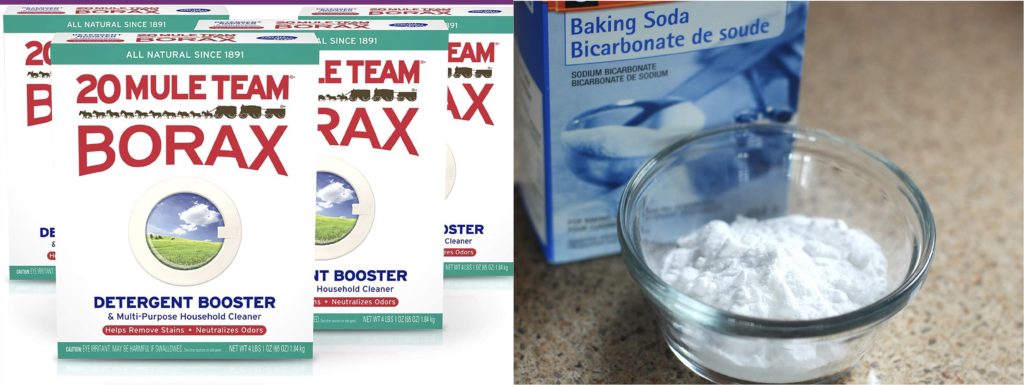
And lastly, in healthcare, there are two kinds of alcohol used to disinfect: ethyl alcohol (ethanol) and isopropyl alcohol.[2] I use 70% isopropyl alcohol (paid link) concentration to disinfect at home.
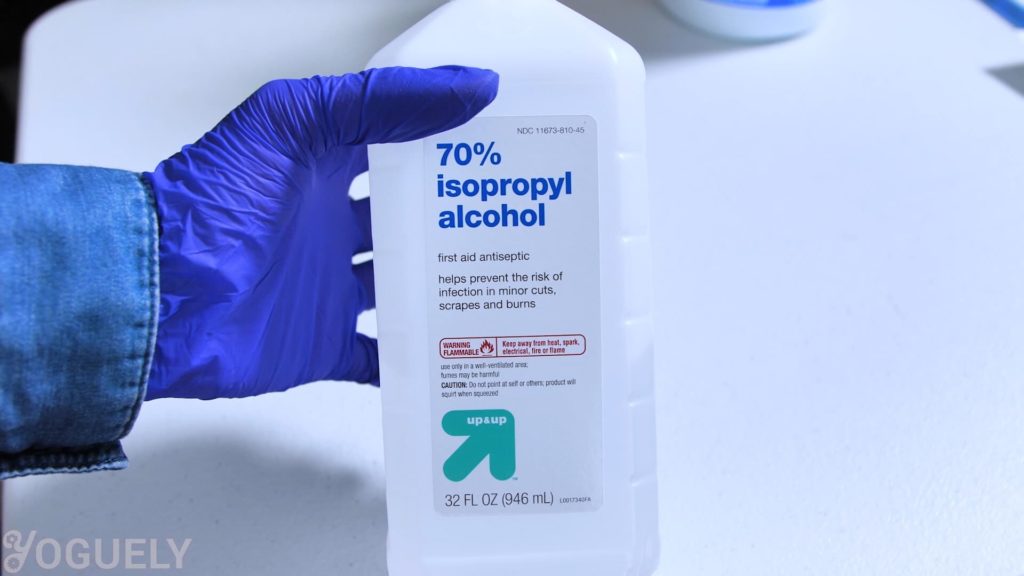
Other cleaning agents you might encounter are scouring agents that comprise of mixtures such as cleaning agents plus abrasive powders.
Conclusion
There you have it folks. That’s my guide on the best cleaning agents for frugal people.
Leave your thoughts in the comment section below. Or join the discussion in the Yoguely Community Forum.
Please share this post with others, because the health of one depends on the health of all. <3
I’m Aida Yoguely. Thanks for learning with me today. And I’ll see you soon.
In my next post, learn how to use soap and detergent the right way. To stay tuned, join our newsletter and get the latest content straight to your inbox.
Video
Be sure to subscribe and hit the notification bell to stay tuned for the latest videos.
References
1. ^ Lee Nesbitt. “Accelerated Hydrogen Peroxide: Disinfectants for Use in Personal Service Settings”. Canadian Institute of Public Health Inspectors, Virox Technologies INC. Retrieved May 31, 2020.
2. ^ (Sept 18, 2018). “Guideline for Disinfection and Sterilization in Healthcare Facilities (2008)”. CDC. Retrieved May 30, 2020.
3. ^ (May 27, 2020). “Cleaning and Disinfection for Households”. CDC. Retrieved June 4, 2020.
33. ^ (2013). “Green Cleaning, Santizing, and Disinfecting: A Curriculum for Early Care and Education”. EPA. Retrieved May 27, 2020.
32. ^ “List N: Disinfectants for Use Against SARS-CoV-2”. EPA. Retrieved May 27, 2020.
31. ^ (May 20, 2020). “Coronavirus Disease (COVID-19) Guidance”. City of Boston. Retrieved May 27, 2020.
34. ^ (March 13, 2013). “Selected EPA-Registered Disinfectants”. EPA. Retrieved May 27, 2020.
- Why Helicopter Money Is Inflationary - 2021-10-09
- How Interest Rates Affect Inflation - 2021-10-08
- How Long Has Inflation Existed? - 2021-10-01

